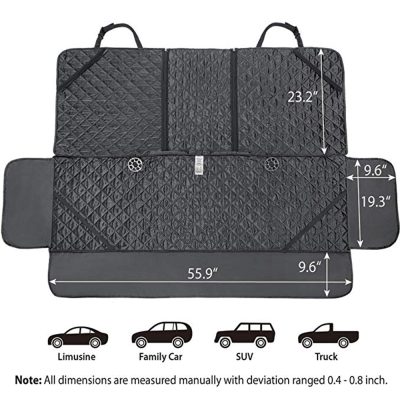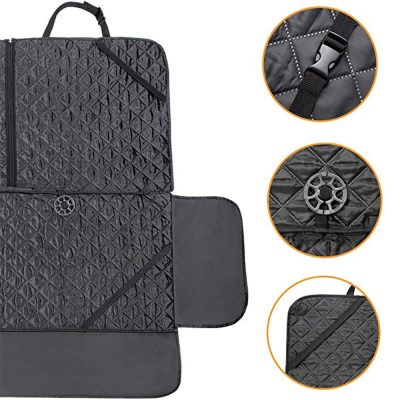Choosing the right car cover material is an important aspect of protecting your vehicle from various environmental factors, including dust, dirt, UV rays, rain, snow, and more. The choice of material can significantly impact the effectiveness and longevity of the car cover. Here are some key factors to consider when selecting car cover materials:
- Climate and Weather Conditions:
- Consider the climate in your area. If you live in a region with extreme weather conditions, such as heavy rain or snow, you’ll need a car cover that provides adequate protection.
- Indoor vs. Outdoor Use:
- Determine whether you need a cover for indoor or outdoor use. Indoor covers may focus more on dust and light protection, while outdoor covers need to be durable and weather-resistant.
- Material Types:
- There are various materials to choose from, each with its own advantages and disadvantages:
- Cotton or Flannel: These materials are soft and gentle on your car’s finish, making them suitable for indoor use. They may not provide sufficient protection against harsh outdoor elements.
- Polyester: Polyester covers are lightweight, water-resistant, and offer good UV protection. They are versatile and can be used both indoors and outdoors.
- Nylon: Nylon covers are lightweight, durable, and resistant to moisture. They are an excellent choice for outdoor use and are often treated for UV resistance.
- Microfiber: Microfiber covers are soft, breathable, and gentle on your car’s paint. They offer decent protection against dust and light rain but may not be suitable for heavy outdoor use.
- Polypropylene: This material is often used for outdoor covers due to its durability and water resistance. It provides good protection against rain, snow, and UV rays.
- Multi-layered Fabrics: Some car covers are made of multiple layers, combining the strengths of different materials for superior protection.
- There are various materials to choose from, each with its own advantages and disadvantages:
- Breathability:
- Ensure that the car cover material is breathable to prevent moisture buildup under the cover. Moisture trapped under the cover can lead to mold, mildew, and corrosion.
- UV Protection:
- UV rays from the sun can fade your car’s paint and damage the interior. Look for a car cover with UV-resistant properties if your vehicle is exposed to sunlight regularly.
- Custom Fit vs. Universal Fit:
- Custom-fit covers are designed for specific car models and provide a snug fit, offering better protection. Universal-fit covers are more affordable but may not fit your car as perfectly.
- Additional Features:
- Some car covers come with additional features like built-in locks, mirror and antenna pockets, and elastic hems to secure the cover in place.
- Maintenance:
- Consider how easy it is to clean and maintain the cover. Machine-washable covers can be more convenient.
- Budget:
- Set a budget for your car cover purchase, but remember that investing in a high-quality cover can save you money in the long run by protecting your car from potential damage.
- Reviews and Recommendations:
- Read reviews and seek recommendations from other car owners to find out which covers have performed well in real-world conditions.
Ultimately, the choice of car cover material should align with your specific needs and the conditions your vehicle will be exposed to. Taking the time to research and select the right material will help keep your car looking its best and protected from the elements.






















